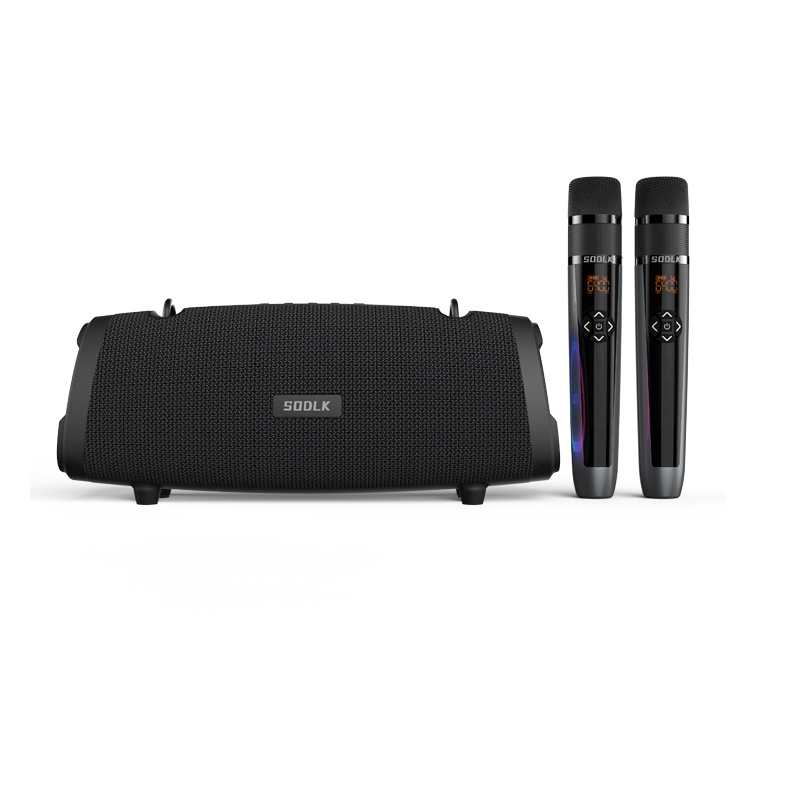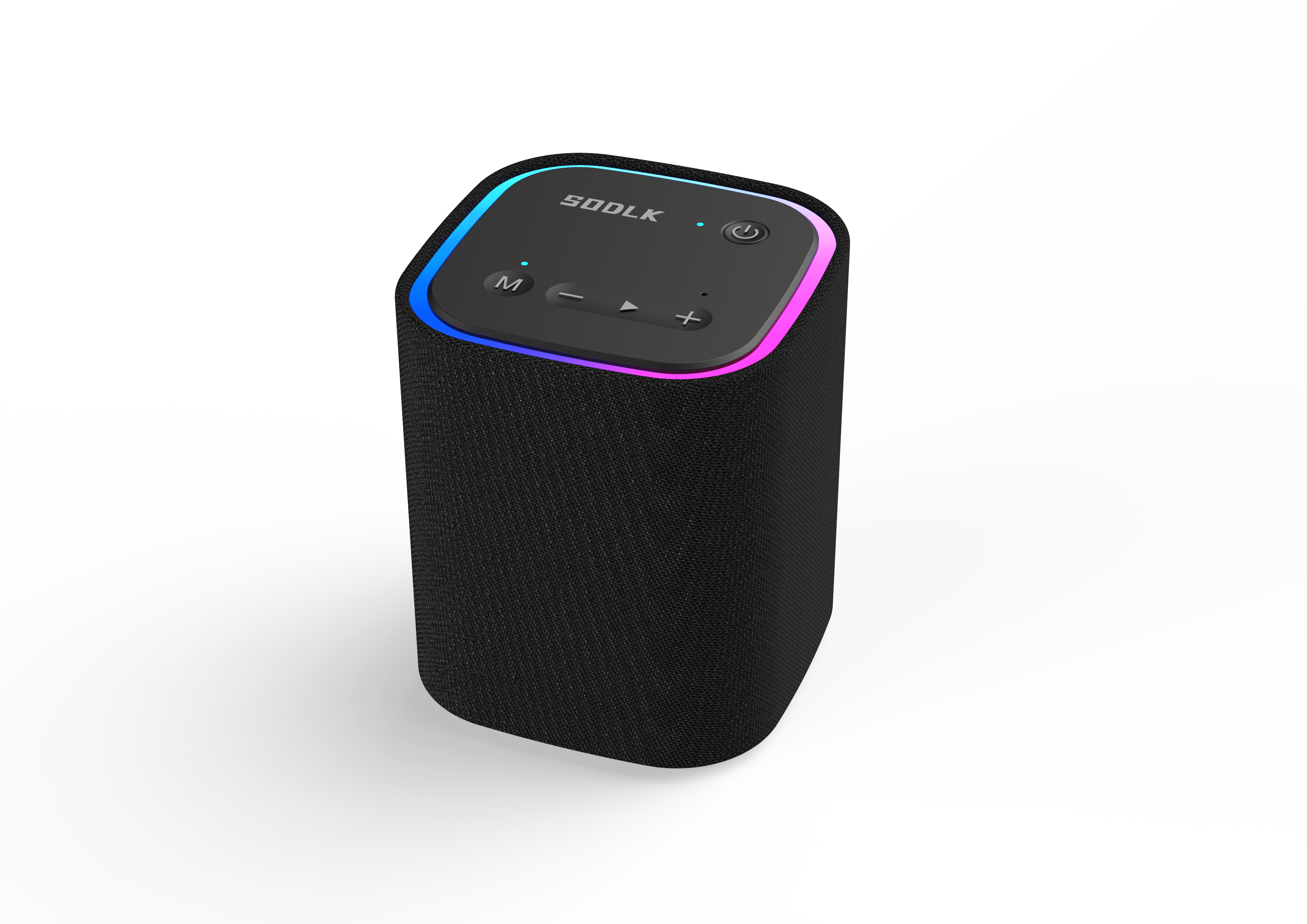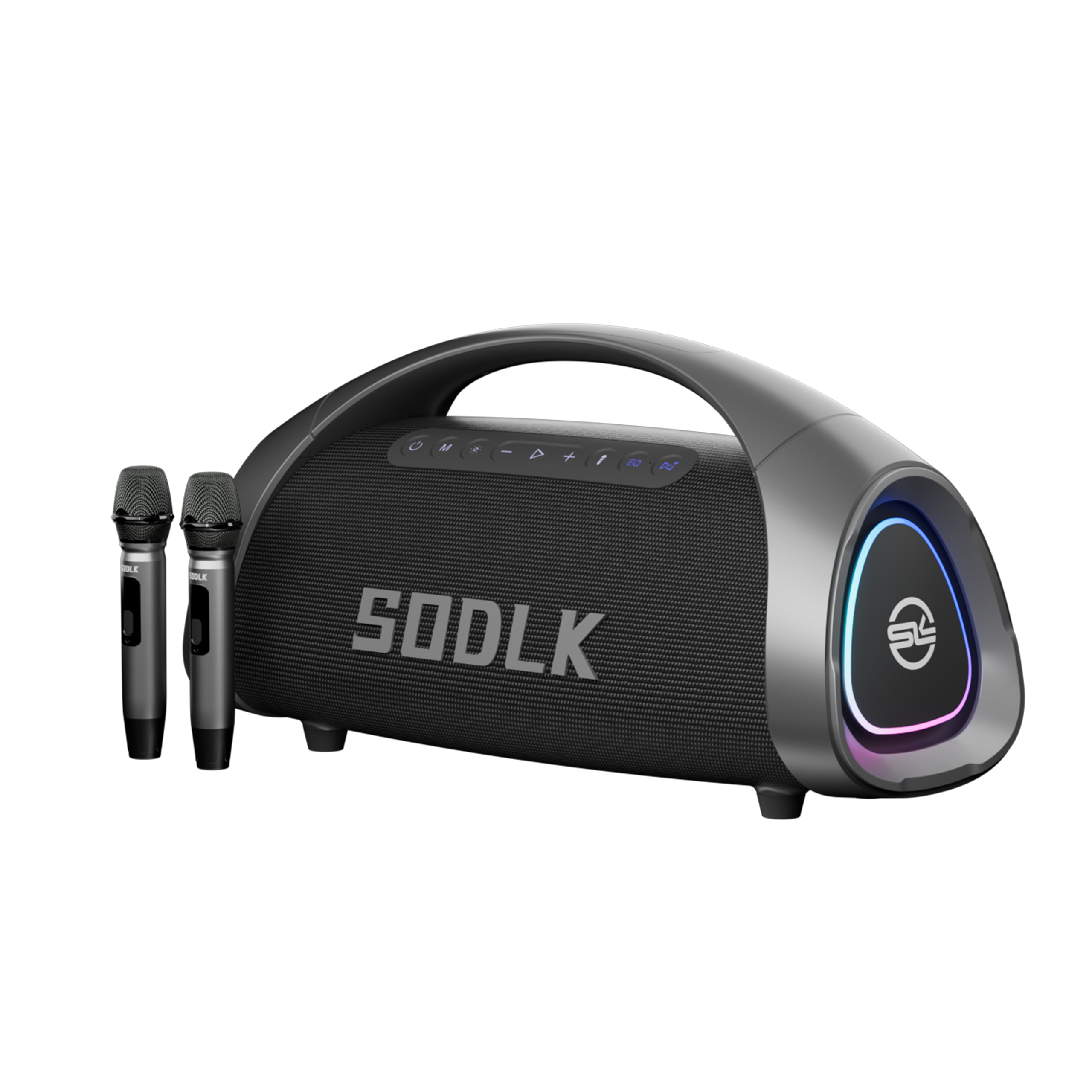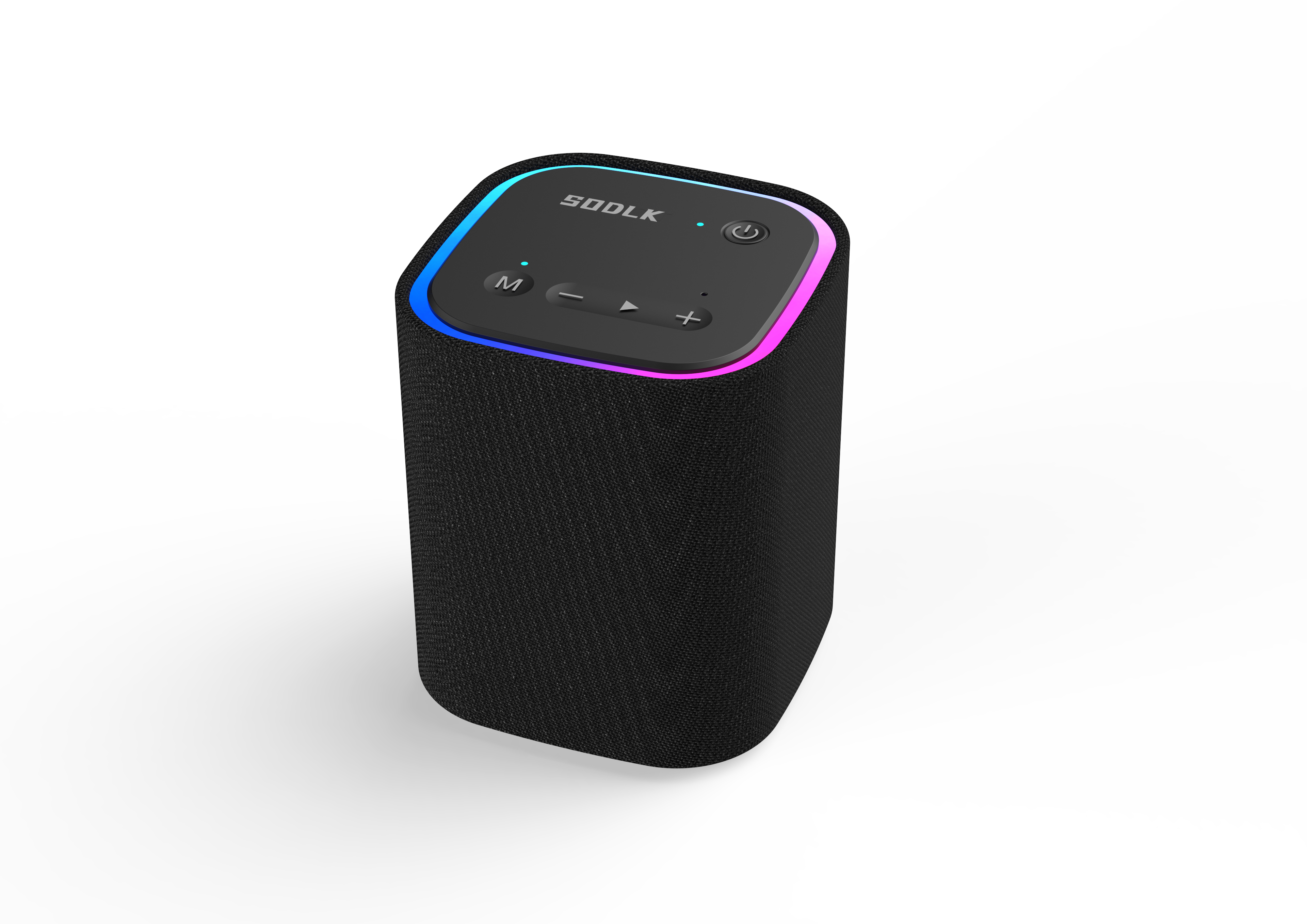What is the Difference Between Passive and Active Audio Speakers?
Published:
2024-08-27 11:34:39
Discover the key differences between passive and active audio speakers. Learn about setup, sound quality, and convenience to choose the best for your needs.
When choosing audio speakers for your home or professional setup, understanding the difference between passive and active speakers is crucial for making an informed decision. Both types serve the purpose of delivering sound but do so in different ways. Here’s a detailed comparison to help you decide which type best suits your needs.
1. Definition and Power Source
Passive Speakers: Passive speakers are designed to work with an external amplifier. They do not have built-in amplifiers and therefore require a separate audio amplifier to drive them. This setup provides flexibility in terms of amplification, allowing users to choose amplifiers that match their audio preferences and requirements. For instance, high-end passive speakers might be paired with a high-power amplifier to achieve the best sound quality.
Active Speakers: Active speakers, on the other hand, come with built-in amplifiers. This means they can be connected directly to audio sources without needing an external amplifier. The internal amplifier is matched specifically to the speaker’s components, which can result in a more optimized sound performance. This built-in design often simplifies setup and reduces the need for additional equipment.
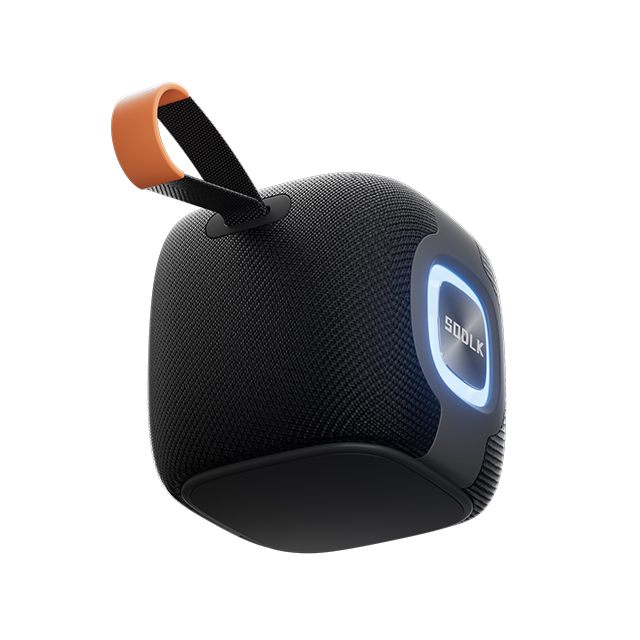
2. Setup and Convenience
Passive Speakers: Setting up passive speakers involves connecting them to an external amplifier or receiver, which might require additional cables and components. This can be advantageous for those who prefer a customizable audio setup or already have a high-quality amplifier. However, it also means that if the amplifier fails, the speakers will not function until the amplifier is repaired or replaced.
Active Speakers: Active speakers are generally easier to set up since they come with their own amplification. You only need to connect them to your audio source, such as a smartphone, computer, or audio player. This convenience is ideal for users looking for a more straightforward audio solution without the need for additional equipment. The integrated amplifier also means there’s no need for separate amplifier maintenance.
3. Sound Quality and Performance
Passive Speakers: The sound quality of passive speakers can vary greatly depending on the external amplifier used. A high-quality amplifier can significantly enhance the performance of passive speakers, making them a popular choice for audiophiles who want to fine-tune their audio experience. The ability to choose and upgrade amplifiers also allows for greater control over sound quality.
Active Speakers: Active speakers typically offer excellent sound quality due to the fact that their amplifiers are specifically tuned to the speakers. This integrated design often results in more accurate sound reproduction and efficient power usage. Active speakers are also optimized to minimize distortion and provide consistent performance across different volume levels.
4. Cost and Budget Considerations
Passive Speakers: While passive speakers themselves can be less expensive, the overall cost might increase when factoring in the price of a compatible amplifier. For those who already own an amplifier or wish to invest in a high-end amplifier, passive speakers can be a cost-effective choice.
Active Speakers: Active speakers include the cost of the built-in amplifier, so they might have a higher upfront cost compared to passive speakers. However, they eliminate the need for an external amplifier and additional wiring, potentially saving money and space in the long run.
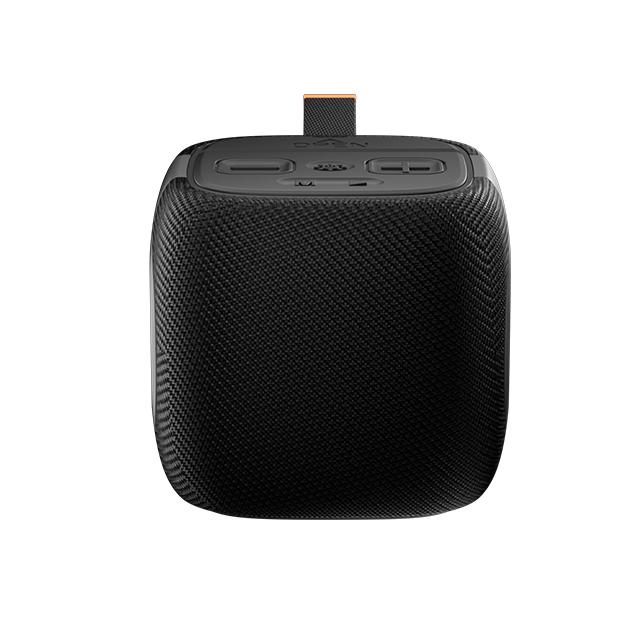
5. Flexibility and Upgradability
Passive Speakers: Passive speakers offer more flexibility in terms of upgrading and customization. Users can choose different amplifiers and components based on their needs and preferences. This flexibility allows for tailored audio experiences but requires a more involved setup process.
Active Speakers: Active speakers offer convenience and simplicity, with less emphasis on customization. They are generally a good choice for users who want a plug-and-play solution. However, upgrading components can be limited since the amplifier is integrated into the speaker.
Conclusion
Choosing between passive and active speakers depends on your specific needs and preferences. If you value customization and have a good amplifier, passive speakers might be the right choice. Conversely, if you prefer a more straightforward setup with optimized performance, active speakers could be the better option. Understanding these differences will help you make an informed decision and achieve the best audio experience for your setup.
For more information and to explore a range of speaker options, you can refer to Sodlk, which offers various audio solutions tailored to different preferences and needs.
 English
English Spanish
Spanish Arabic
Arabic French
French Portuguese
Portuguese Italian
Italian Russian
Russian Japanese
Japanese

